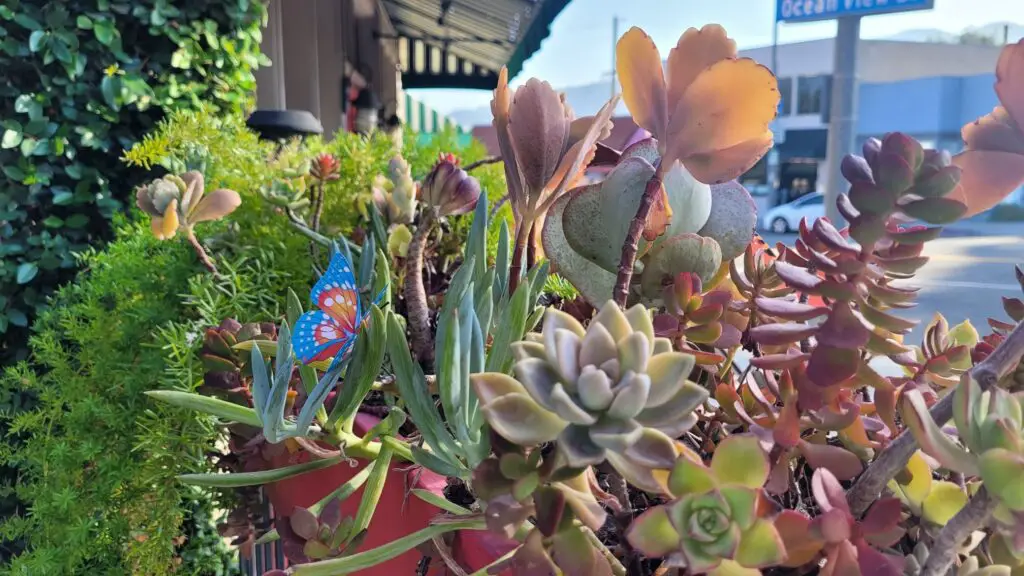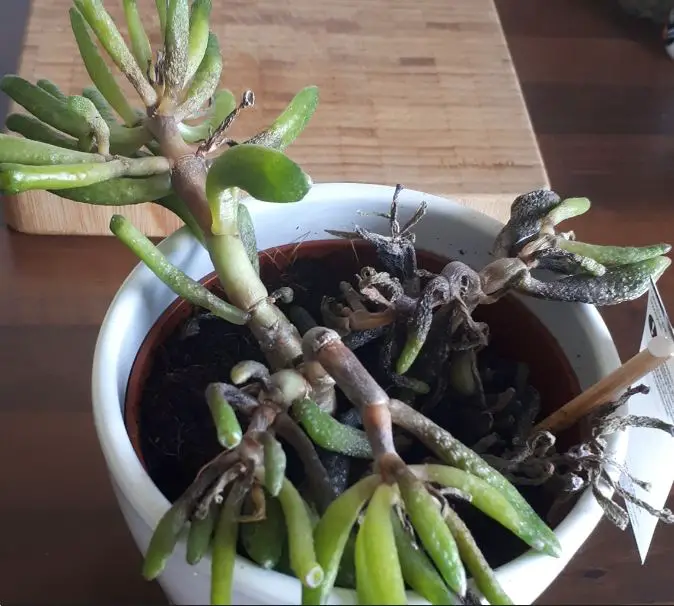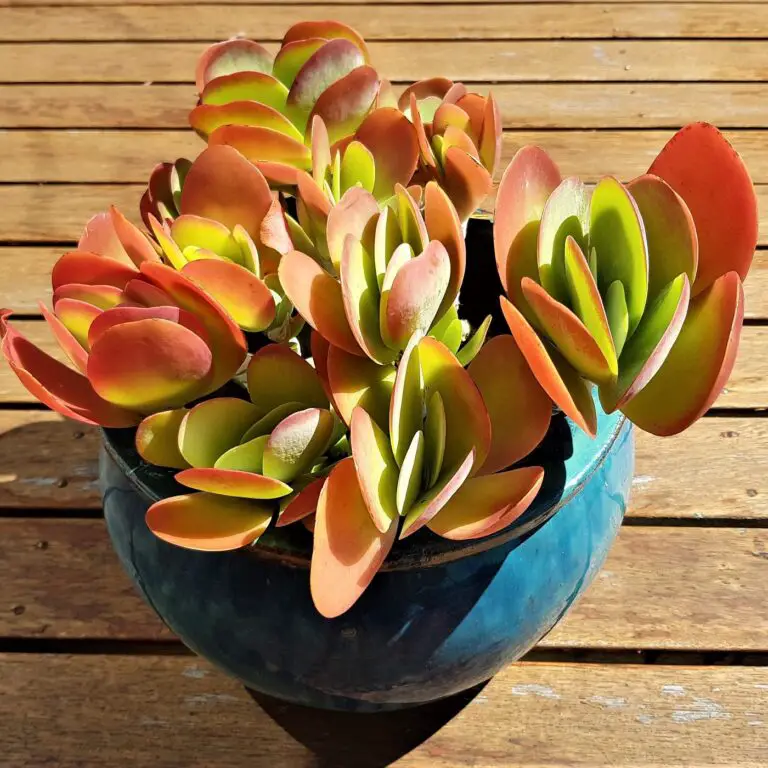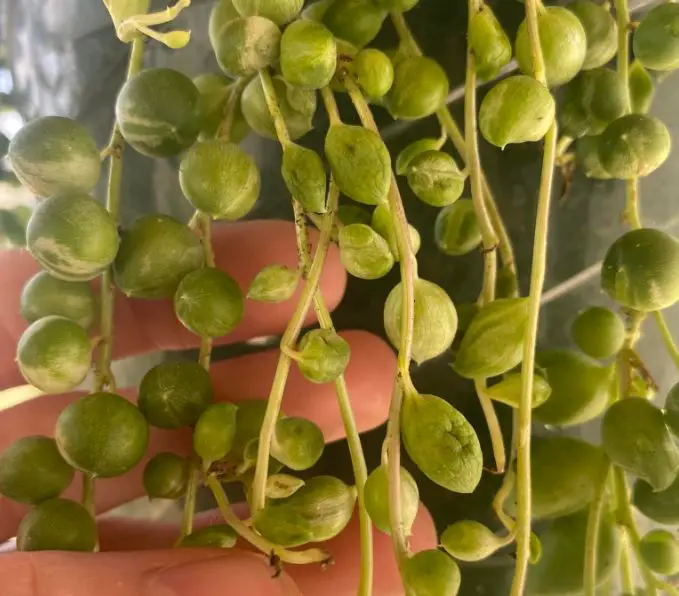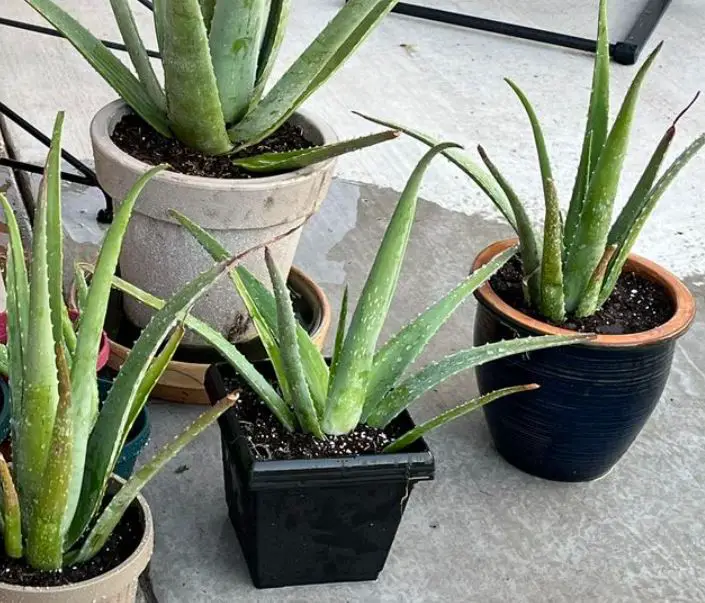5 Challenges of Growing Succulents in Humid Climates
Have you ever felt hot and sticky when you visit a coastal area? This is because there is too much water vapor in the air, and there isn’t room for cooling off. When it’s humid, sweat can’t evaporate into the air as needed, so a lot of heat is retained in the body, making you feel unpleasant.
High humidity is associated with all kinds of negative things. These include respiratory problems, mold and mildew growth in your home, damage to wooden materials and furniture, and malfunctioning of regular household electronics.
Succulents aren’t spared when humidity is high. Because they can store water in their leaves and stems, they prefer dry air. In addition, they like when the soil stays on the drier side rather than waterlogged. So, what are the problems of succulents in humid areas?
Challenges of growing succulents in humid climates
Humid climates are characterized by excessive moisture in the air. Mostly, they are found in areas closest to the sea or ocean. Because of high precipitation, growing succulents in these climates comes with plenty of challenges, including the following:
1. Root rot
High humidity can slow evaporation, causing the soil to remain damp. This will increase the risk of root rot. Succulents, including cacti, prefer drier soil. As you know, excess moisture in the soil stops air from reaching the roots, causing them to suffocate and die.
Additionally, damp soil encourages the growth of bacteria and fungi that cause roots to die and decompose. Overwatering and poor draining soils are the leading causes of root rot. It is a very difficult condition to treat, and in most cases, the plant may die.
What to do
To prevent the problem of root rot, use well-draining soil for growing your succulents. If you are using a cactus or succulent mix, add materials like coarse sand, perlite, or pumice to improve drainage. Additionally, use a pot with drainage holes, and avoid overwatering your plants.
2. Fungal infections
High humidity is the leading cause of fungal infections in succulents. Fungi thrive in warm, moist environments. In humid climates, water condensation can remain on the leaves of your succulent for extended periods. This creates ideal conditions for powdery mildew and other fungi.
Black spot disease is also a common fungal infection in plants. It causes dark, circular spots on the leaves. In advanced stages, it may lead to yellowing, leaf drop, and weakened plants. Succulents grown in humid areas may not be lucky to be spared.
What to do
If you live in humid climates, consider bottom watering your plants to avoid splashing water on the leaves. Additionally, maintain good air circulation around your succulents to increase water evaporation. Use fans indoors to boost air flow. You may apply a fungicide if necessary.
3. Fungus gnats
Pests, particularly fungus gnats, thrive in moist soils. Their larvae feed on plant roots, which can stress or damage your succulents. Since fungus gnats reproduce and spread rapidly, they can be difficult to control in humid climates where soil remains damp for extended periods.
What to do
The first line of defense against fungus gnats is to allow soil to dry between waterings. A dry top layer discourages gnats from laying eggs. If your soil takes a long time to dry out, incorporate sand, perlite, or pumice to enhance drainage.
4. Leggy growth
Most of the time, humid climates have frequent cloud cover. This can cause insufficient sunlight to reach the plants. Succulents stretch and become leggy when they don’t receive enough sunlight. Warm temperatures and bright, direct sunlight make them grow compact and healthy.
What to do
If your succulents are growing leggy, place them outdoors or near a bright window so that they get some sunlight. You can also use artificial grow lights to supplement the natural light. Be sure to bring your succulents indoors during the cold winter months.
5. Stem and leaf rot
Succulents are adapted to dry environments. They store water in their leaves and stems for use in the future. In high humidity, the evaporation process slows down because the air is already saturated with moisture. This keeps the stems and leaves’ surfaces damp for longer than usual.
Prolonged wet conditions are perfect for fungal and bacterial growth. Additionally, with plenty of moisture in the air, succulents may take in more than needed. This can cause bloating and splitting of stems or leaves, which may cause them to rot.
What to do
In humid climates, reduce the watering frequency of your succulents. If the stem or leaf is rotting, remove the affected section before the condition spreads to the rest of the plant. Using a fungicide can also help in treating leaf or stem rot.
Ideal indoor humidity for succulents
Succulents thrive when humidity is between 40% and 50%. This range provides the perfect condition for moisture absorption, water evaporation, and light uptake. Extremely low humidity will cause the plant to lose water and become shriveled.
In humid climates, you may need to control your indoor humidity levels for the benefit of your plants. The best way to bring humidity down is by the use of a dehumidifier. If you don’t have the gadget, consider lowering the room’s temperature with air conditioning.
The most basic way to lower humidity is to use a fan to circulate air around your plants. Remember to reduce the frequency of watering, use well-draining soil, and provide sufficient light. If nothing helps, you will need to grow succulents that like humidity.
Final thought
Humidity is the amount of water vapor present in the air. Low or high levels can greatly affect plants, animals, and even human comfort. If you are growing succulents in humid climates, it’s best to be aware of the challenges that come with too much moisture in the air.
Be ready to deal with plant rot, persistent fungal infections, leggy growth, and some pests, such as fungus gnats. One of the lasting solutions is to use a humidifier or air conditioning to bring your indoor humidity to optimum levels.
Tim M Dave is a gardening expert with a passion for houseplants, particularly cacti and succulents. With a degree in plant biology from the University of California, Berkeley, he has vast experience in gardening. Over the years, he has cultivated a vast collection of desert plants and learned a great deal about how to grow and care for these unique companions.
